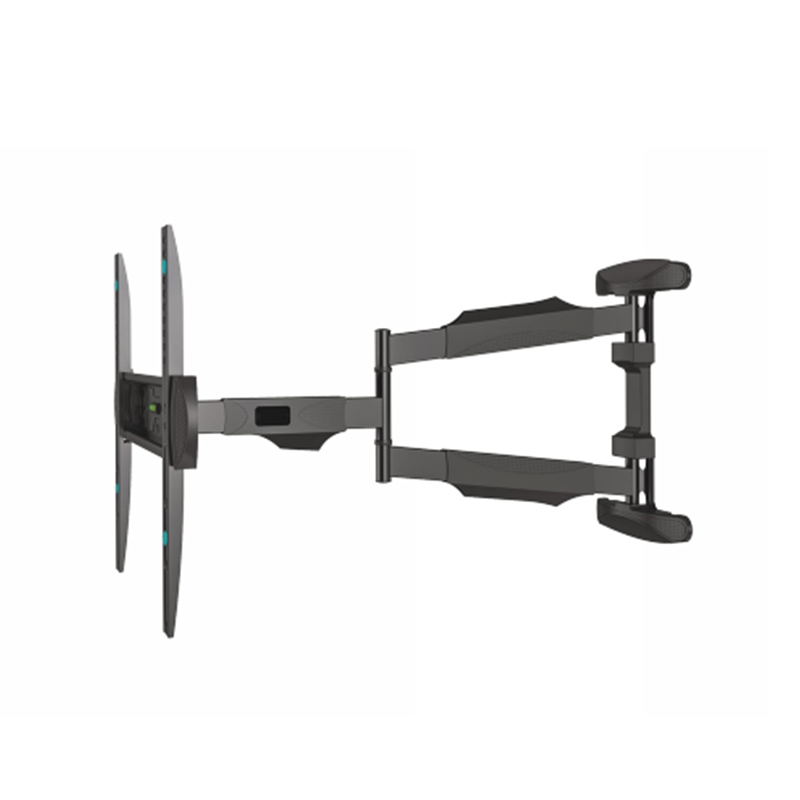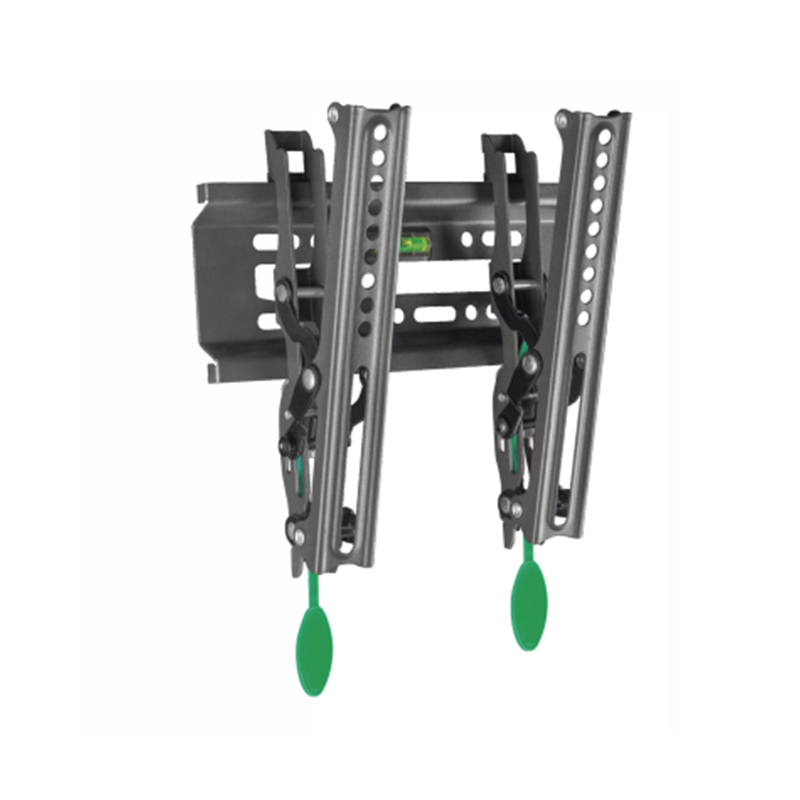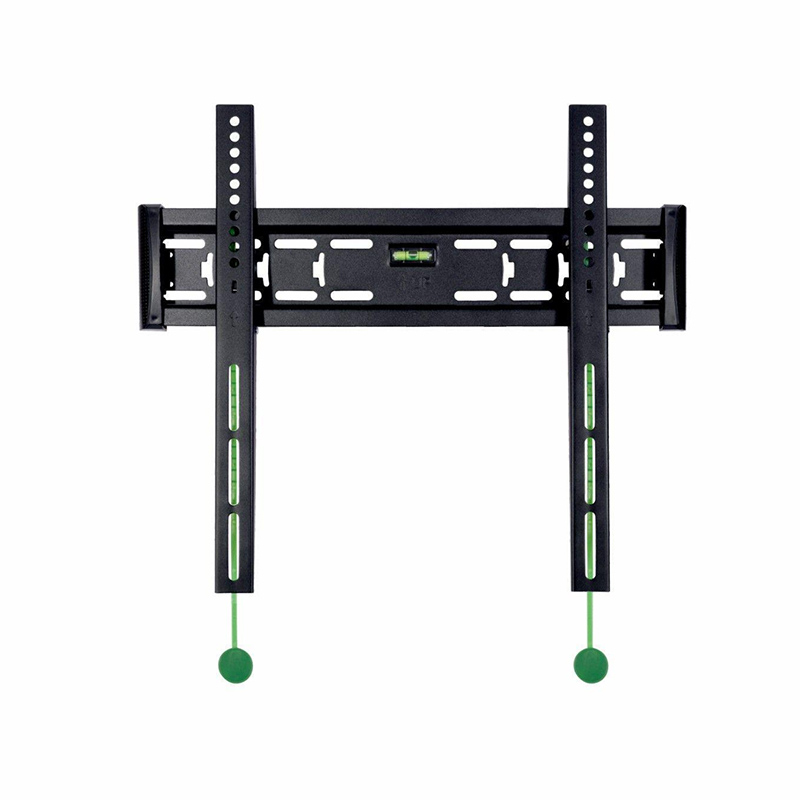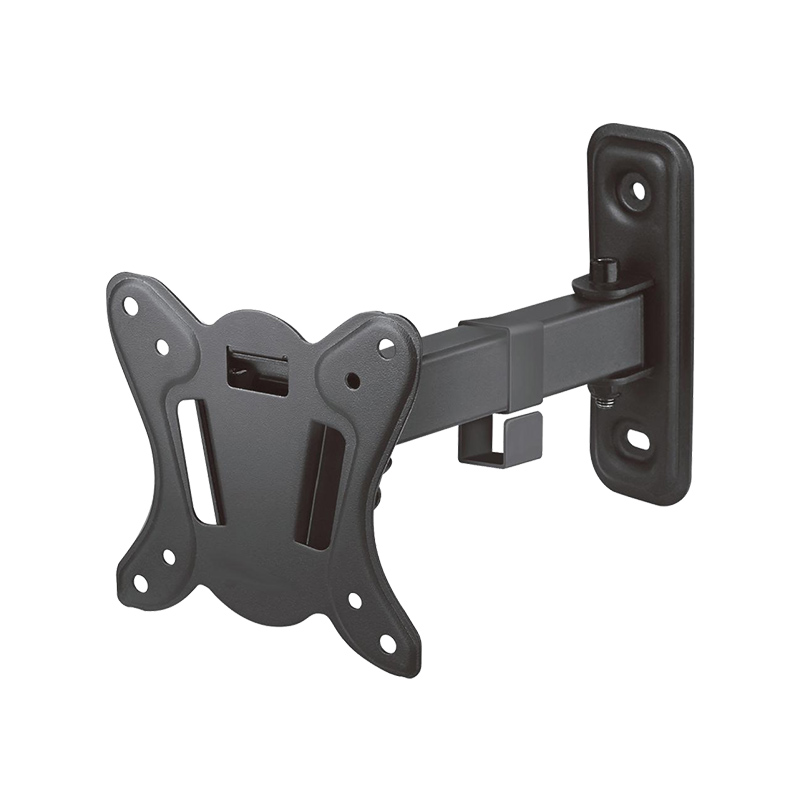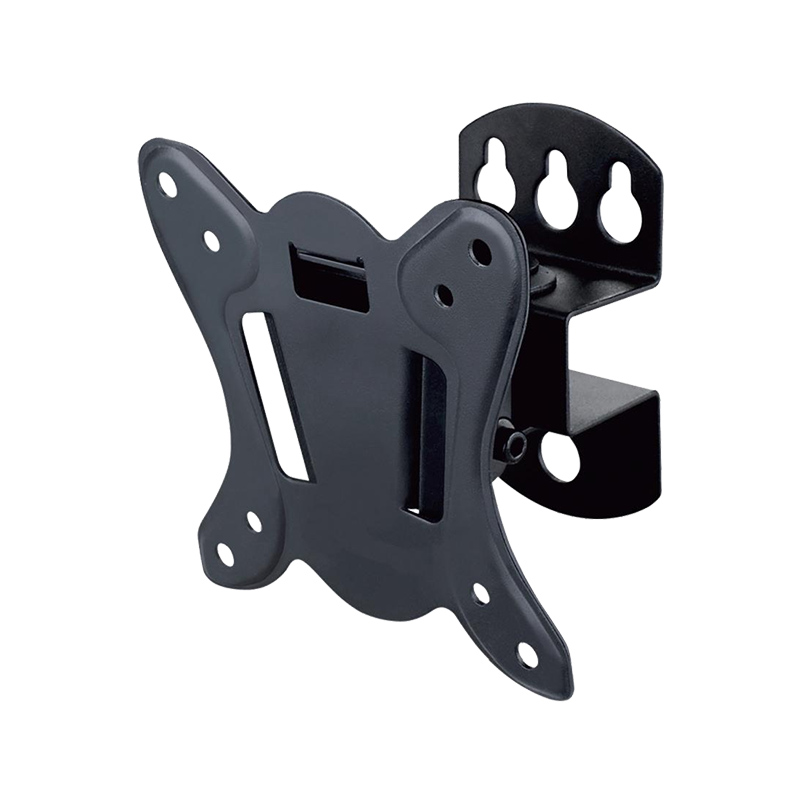Effective strategies to improve the lightweight level of sheet metal parts: material selection and technological innovation
In the field of modern industrial manufacturing, lightweighting has become one of the important trends in product design and manufacturing, especially in the automotive, aerospace, rail transit and other industries. Lightweighting can not only significantly improve the energy efficiency and endurance of products, but also reduce carbon emissions, which is in line with the global trend of energy conservation and emission reduction. As an indispensable part of these industries, the lightweight design and manufacturing of sheet metal parts are particularly critical. However, how to achieve lightweighting while ensuring sufficient strength of parts is a major challenge faced in the design and manufacturing process of sheet metal parts. This article will explore in depth how to effectively improve the lightweight level of sheet metal parts through material selection and a series of technological innovation strategies.
Material selection: the use of lightweight and high-strength materials
In today's rapidly changing materials science, lightweight and high-strength materials provide broad space for the lightweighting of sheet metal parts. Aluminum alloy is one of the earliest widely used lightweight metals. Its density is about one-third of that of steel, but its strength is relatively high, and it has good processability and corrosion resistance. It is the preferred material for lightweight parts such as automobile bodies and aerospace shells. The density of magnesium alloy is lower, only 2/3 of that of aluminum, and it has excellent shock absorption performance. Although its corrosion resistance and processing difficulty are relatively high, with the continuous advancement of surface treatment technology, magnesium alloy has great application potential in the field of lightweighting. Titanium alloy has unique advantages in high-end aerospace, medical equipment and other fields with its high strength, low density, high temperature resistance and excellent corrosion resistance. Although the cost is high, its value is irreplaceable for occasions that pursue extreme performance.
Structural optimization and design innovation
In addition to selecting suitable materials, structural optimization and design innovation are also important ways to achieve lightweight sheet metal parts. Using computer-aided design (CAD) and finite element analysis (FEA) technology, parts can be accurately analyzed for stress and topologically optimized, unnecessary materials can be removed, and structures that meet strength requirements and reduce weight as much as possible can be designed. For example, the use of lightweight and high-strength filling structures such as honeycomb and foam metal can effectively reduce the mass of parts without sacrificing overall strength. In addition, advanced connection technologies such as laser welding and ultrasonic welding can reduce the volume of welds, improve connection efficiency, and further reduce the weight of parts.
Innovation of manufacturing process
Improvement of manufacturing process is also crucial to the lightweighting of sheet metal parts. For example, the use of forming technologies such as precision stamping, deep drawing, and spinning can produce parts with complex shapes and high precision, reduce subsequent processing steps, and improve material utilization. At the same time, with the rapid development of 3D printing technology, especially metal 3D printing technology, it is possible to manufacture lightweight parts with complex internal structures. These structures are difficult to achieve with traditional processes, but can greatly improve the mechanical properties and lightweight effects of parts.
Environmental protection and sustainability considerations
While pursuing lightweighting, the environmental protection and sustainability of materials should also be considered. Choosing recyclable and easily decomposable materials, as well as adopting green manufacturing processes such as waste-free cutting and low-energy processing, are important aspects of achieving sustainable lightweighting goals.
 English
English 中文简体
中文简体
